Walk through any farm field in America, and you’ll notice fewer buzzing bees and fluttering butterflies than in decades past. Pollinators, the tiny workforce responsible for fertilizing crops that feed millions, are in serious trouble. Scientists warn that their decline threatens everything from almond orchards in California to blueberry farms in Maine. Pesticide use, habitat loss, climate change, and disease are all stacking the odds against them. Without these vital creatures, the nation’s food supply could face unprecedented challenges. The question now is—can we save them before it’s too late?
The Silent Crisis Taking Place in American Agriculture
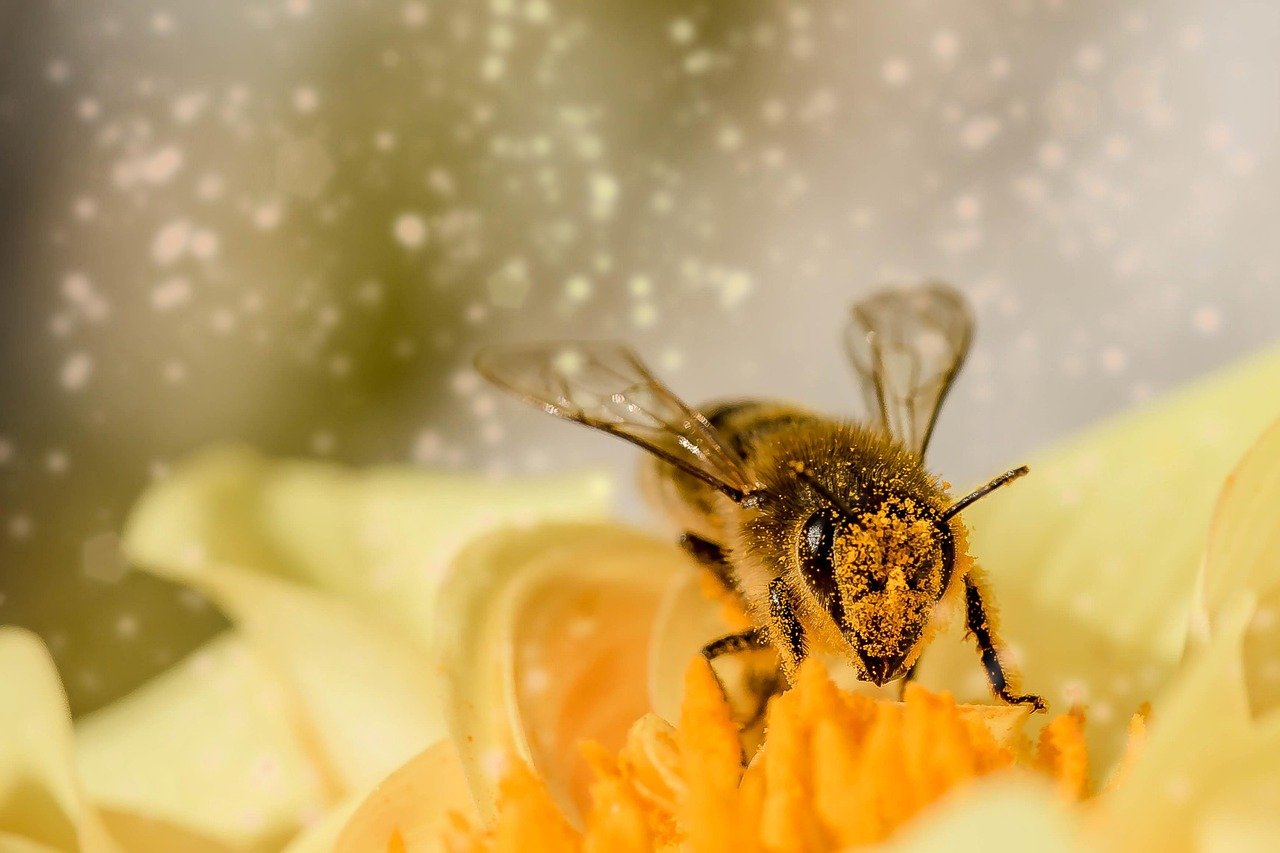
Something troubling is happening across America’s farmland, and it’s creating ripple effects that reach far beyond rural communities. Wild bees declined 23 percent across the United States between 2008 and 2013, yet this dramatic loss often goes unnoticed by most Americans. This decline isn’t just an environmental concern – it’s fundamentally reshaping how our food gets produced.
Wild and managed bees together add $15 billion in crop value each year, making their disappearance a serious economic threat. Imagine walking through a California almond grove or a Wisconsin cranberry bog and finding fewer bees buzzing from flower to flower each season. That’s exactly what’s happening, and the consequences are more immediate than most people realize.
The Hidden Consequences of Pollinator Loss on Food Production
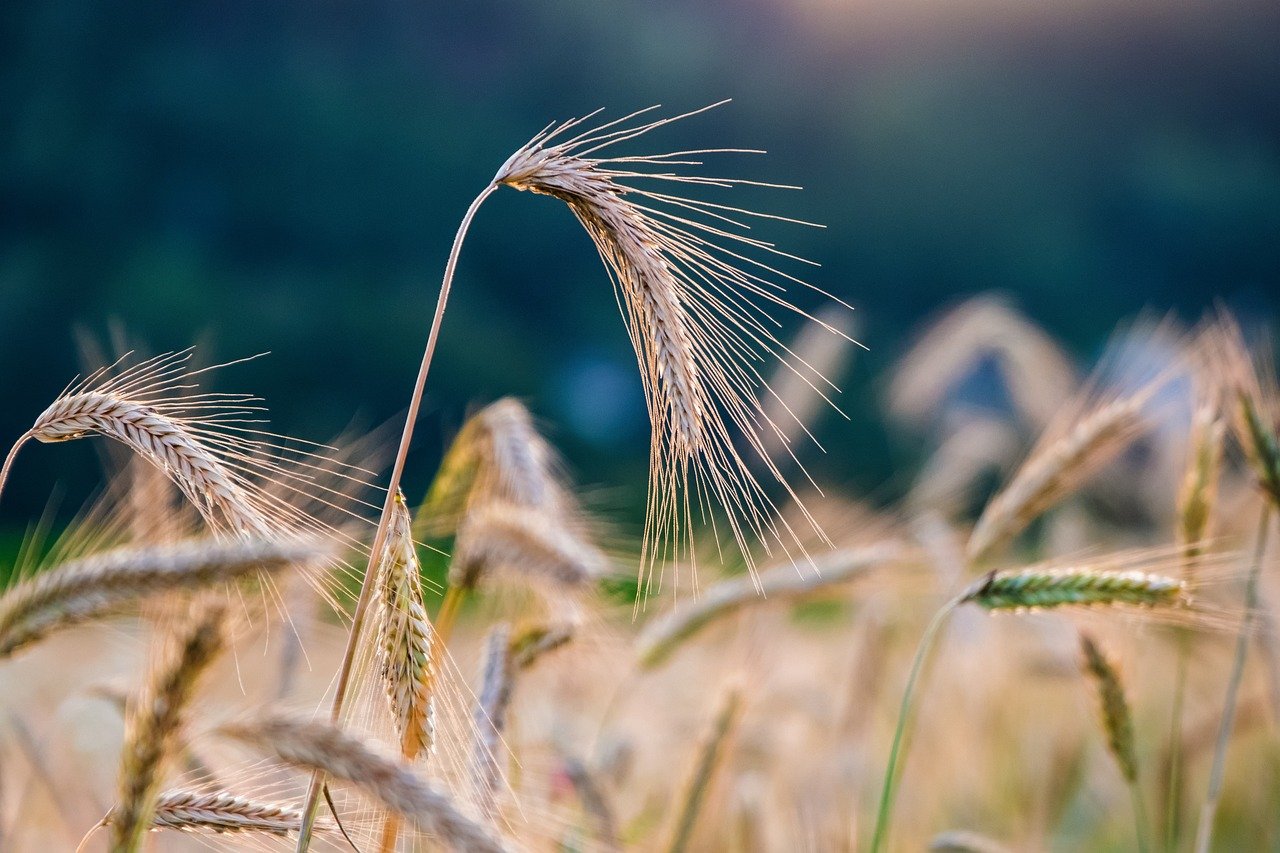
Across diverse crops and locations, one-third to two-thirds of farms contain fields that aren’t producing at the levels they should be due to a lack of pollinators. The phenomenon of a low crop yield because of insufficient visits by insects is known as pollinator limitation. This isn’t some distant future problem – it’s happening right now on farms from coast to coast.
Pollinator losses are responsible for reducing the global production of nuts, fruits, and vegetables by 3-5%, and this loss of healthy, nutrient-dense food is resulting in over 425,000 excess deaths each year. That statistic should stop us in our tracks. We’re not just talking about fewer apples in grocery stores; we’re talking about real impacts on human health and nutrition.
Neonicotinoid Pesticides: The Chemical Culprit
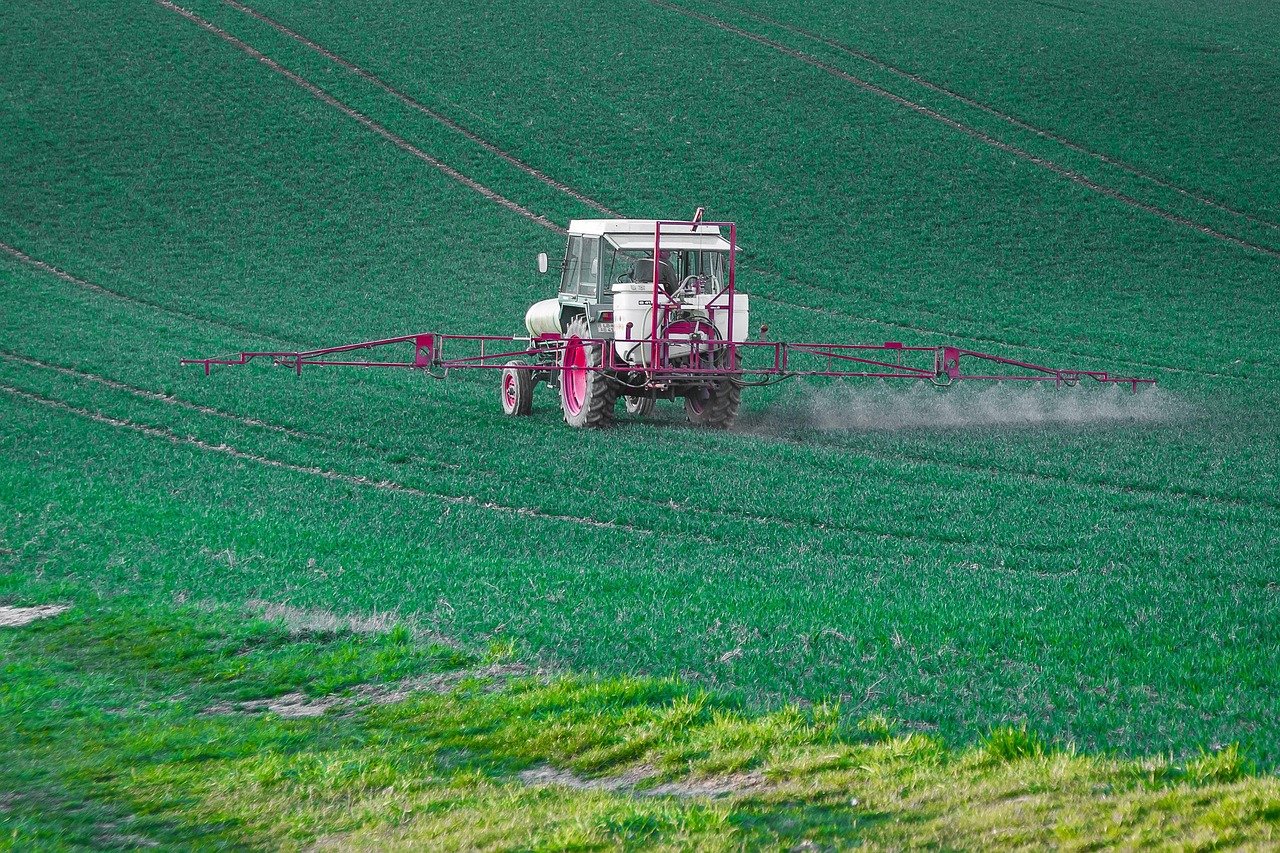
Science increasingly points to a highly toxic and widely used family of pesticides known as neonicotinoids (neonics) as a primary culprit. These chemicals weren’t supposed to be the problem they’ve become. Developed in the mid-1990s, they are now the single-most popular insecticide class in the United States.
What makes neonicotinoids particularly insidious is how they work. Neonics work by permanently binding to insects’ nerves, overstimulating and destroying them. While the use of seed coatings can lessen the amount of overspray and drift, the near universal and prophylactic use of neonicotinoid seed coatings on major agricultural crops has led to widespread detections in the environment, including in pollen that bees depend on.
Habitat Loss: Where Have All the Wildflowers Gone?
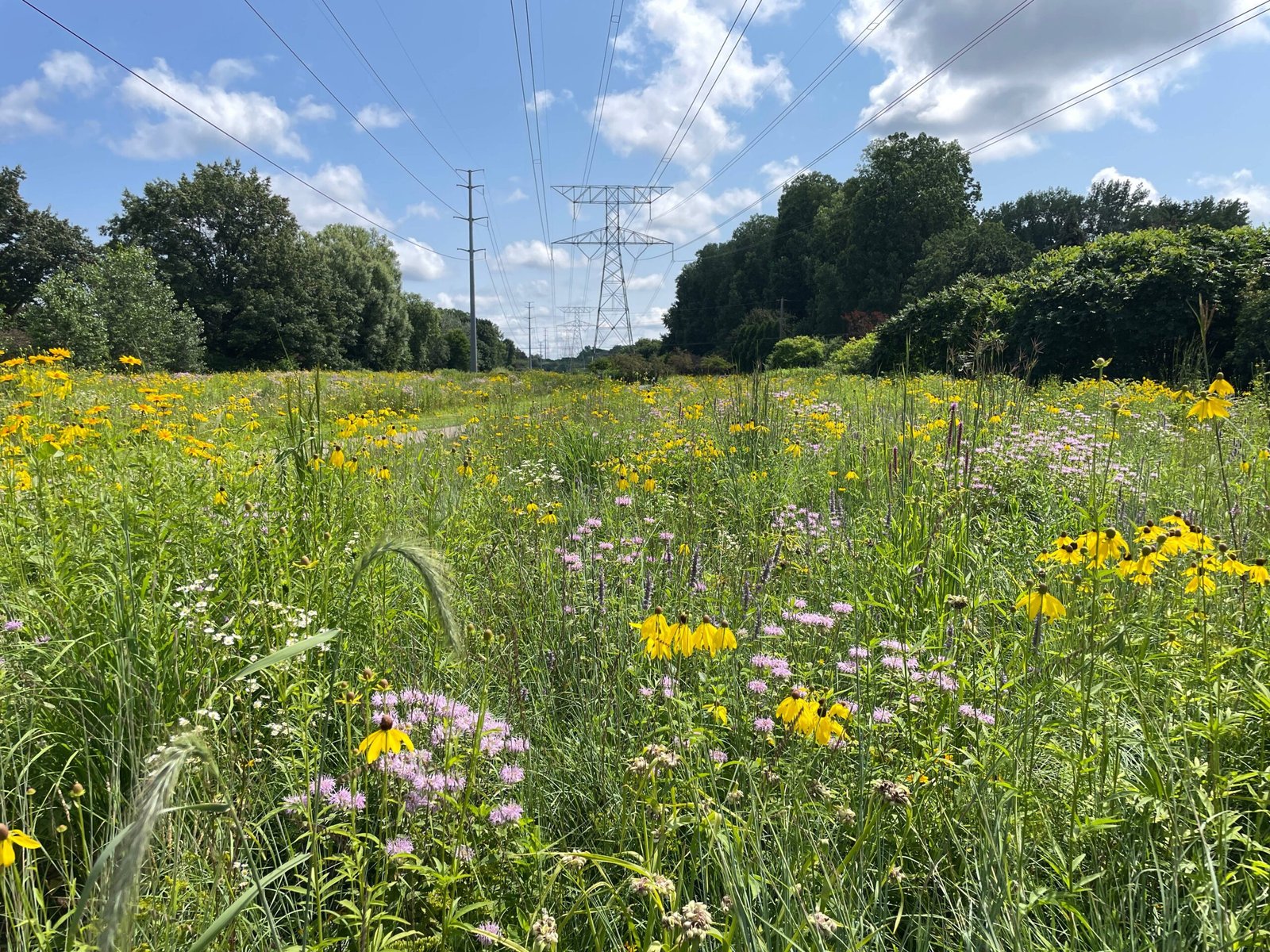
Habitat that pollinators need in order to survive are shrinking. As native vegetation is replaced by roadways, manicured lawns, crops and non-native gardens, pollinators lose the food and nesting sites that are necessary for their survival. This transformation of the American landscape has been so gradual that we barely notice it happening.
The declines appear to be a result of conversion of natural habitats to row crops, such as corn and soybeans, in the Midwest. Drive through Iowa or Illinois today, and you’ll see endless fields of corn and soybeans stretching to the horizon. But decades ago, these same areas were dotted with prairie patches, wildflower meadows, and diverse plant communities that supported thriving pollinator populations.
Climate Change: Timing is Everything for Bees and Flowers

Flowers are blooming earlier as temperatures warm, costing some pollinators the opportunity to feed. Some insects feed only on specific plants; if these blooms die before insects arrive, the insects go hungry and fewer plants get pollinated. This mismatch between flowering times and pollinator activity creates a cascade of problems throughout ecosystems.
Rising temperatures may be contributing to a decline in bumblebees. Numbers of North American bumblebees have fallen 46 percent since the 1970s. The biggest losses have occurred in places where temperatures have risen the highest. These fuzzy, robust insects that we often take for granted are actually climate refugees, struggling to find suitable conditions as their world warms around them.
The Varroa Mite Plague: Tiny Parasites, Massive Impact
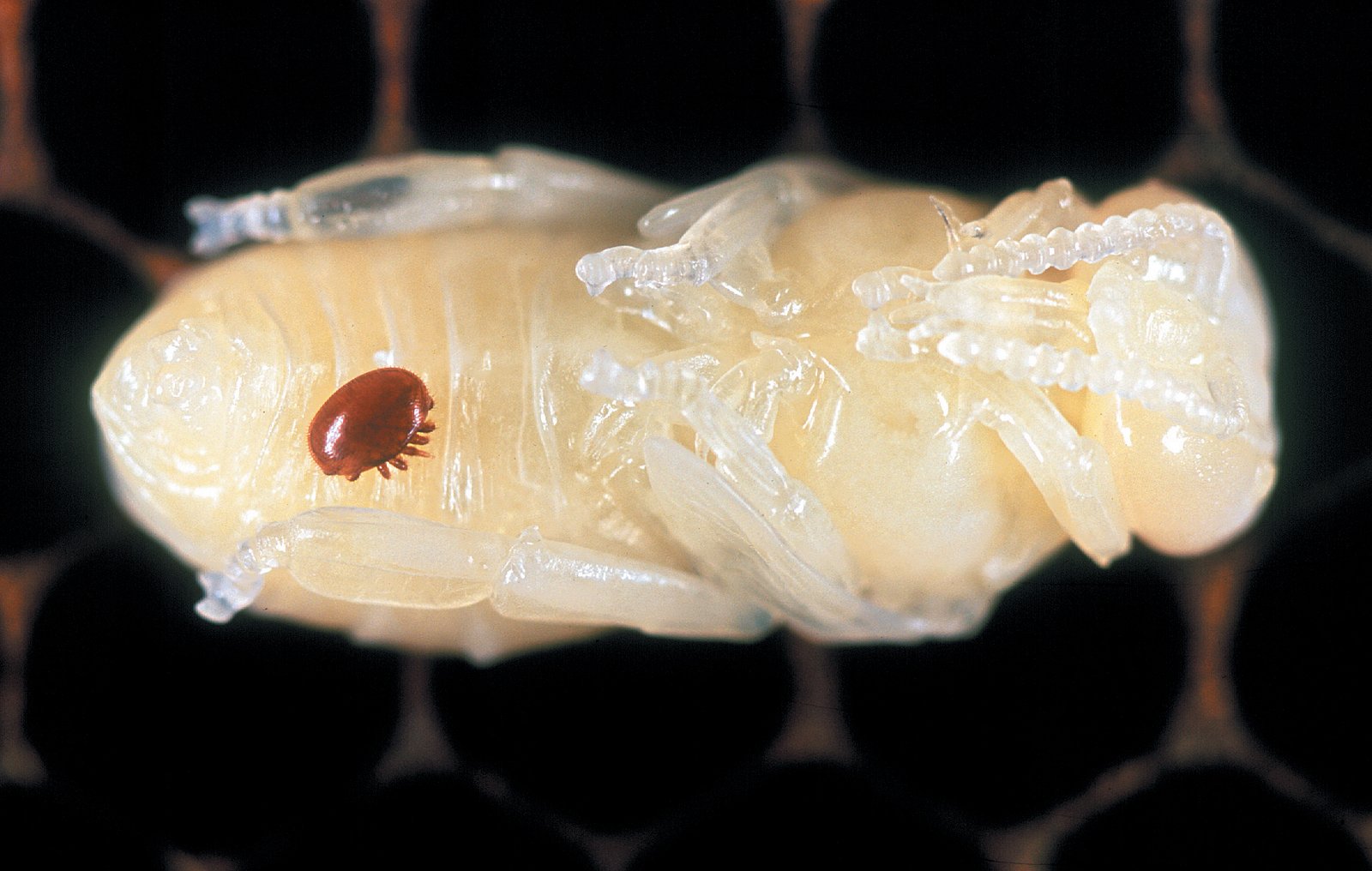
Varroa mites are essentially a modern honey bee plague. The Varroa mite has been responsible for the deaths of massive numbers of honey bee colonies since its arrival in the United States in 1987. These microscopic parasites attach to bees like tiny vampires, weakening them from the inside out.
Varroa mites directly damage honey bees by attaching and sucking the bees’ equivalent of blood (hemolymph fluid) somewhat like ticks. They also indirectly damage honey bees because, similarly to mosquitos, Varroa mites also transmit an array of pathogenic viruses to honey bees such as deformed wing virus. The recent discovery makes this threat even more alarming: ARS scientists screened the mites from collapsed colonies and found signs of resistance to amitraz, a critical miticide used widely by beekeepers. This miticide resistance was found in virtually all collected Varroa.
Colony Collapse Disorder: When Entire Communities Vanish
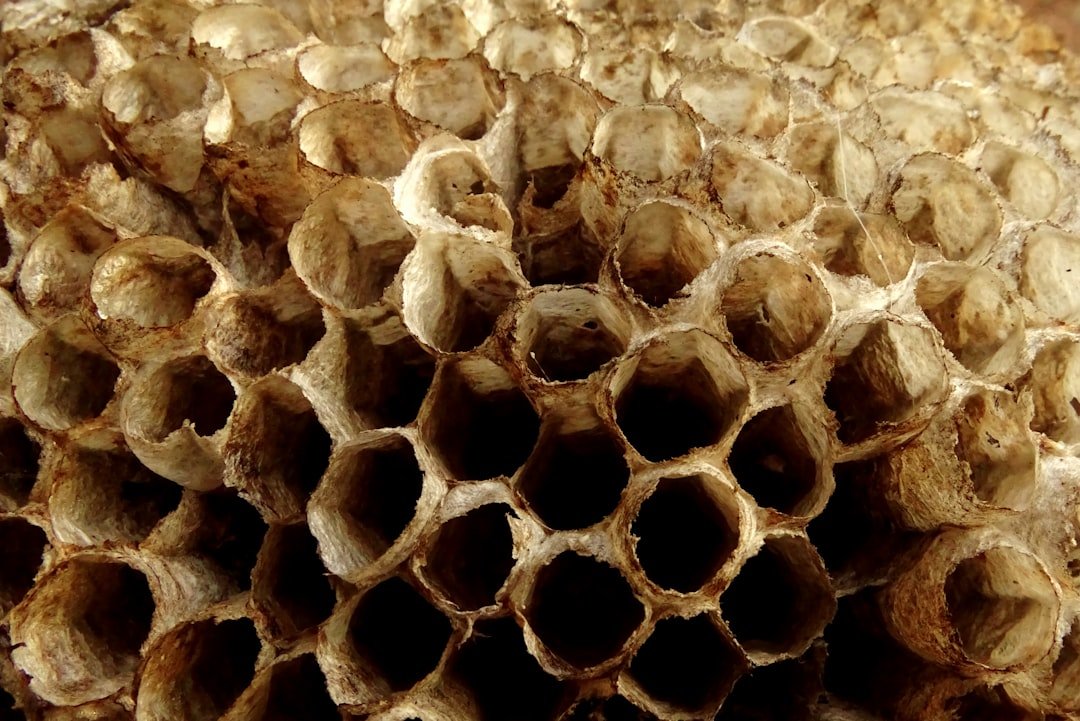
In CCD, the majority of worker bees in a colony disappear and leave behind a queen, plenty of food and a few nurse bees to care for remaining immature bees and the queen. It’s like finding a bustling city suddenly empty, with homes still furnished and pantries full, but all the residents mysteriously gone.
While reported cases of CCD have declined substantially over the last five years, the underlying stressors remain. Researchers are now focused on these factors: Increased losses due to the invasive varroa mite (a pest of honey bees). New or emerging diseases such as Israeli Acute Paralysis virus and the gut parasite Nosema. The mystery of CCD taught scientists that bee health problems rarely have single causes – they’re usually the result of multiple stressors overwhelming these resilient insects.
Agricultural Intensification: The Double-Edged Sword
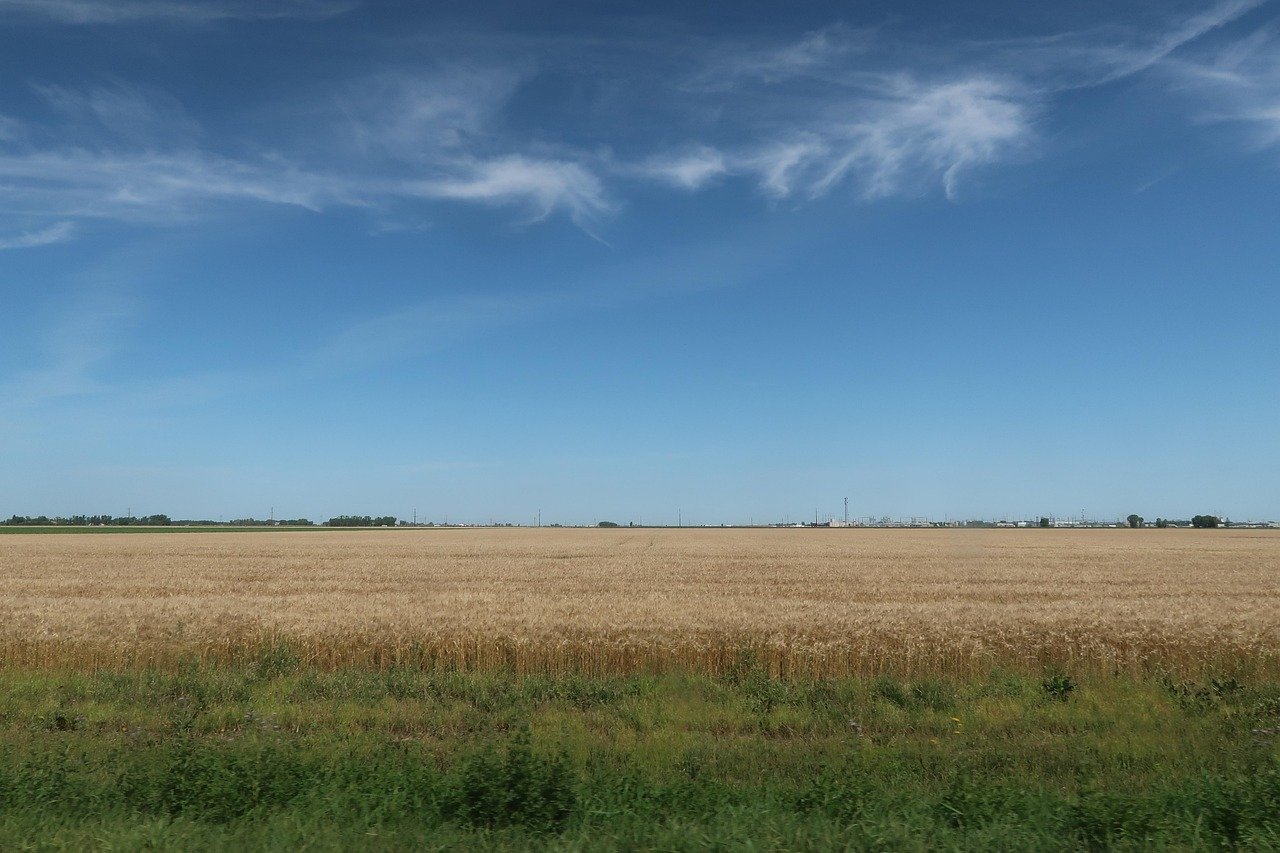
The major drivers of wild bee declines include climate change, land use change and habitat loss, disease and pathogens, dietary stress, and pesticide use. Agricultural intensification generally reduces the diversity of floral and nesting resources available. This is particularly the case in crop monocultures that do not provide resources to pollinators, such as grain monocultures.
Modern farming has created a paradox: the very efficiency that allows us to feed billions of people is undermining the natural systems that make agriculture possible. Intensive farming techniques, such as frequent tilling, disturb and destroy nesting sites and disrupt wild plant communities on farms. The ongoing use of pesticides, such as neonicotinoids, have inflicted lethal and sublethal harm to bees both on treated farms and in nearby areas.
The Economics of Pollination Services

More than 90 species of U.S. specialty crops require pollination, and various animals, including bees, butterflies, moths, bats, and birds are a critical part of the pollinator-plant ecosystem. Despite the myriad species of pollinators available, American farmers rely on one species of honey bee, Apis mellifera, for most of the pollinator services to pollinate their crops.
This over-reliance on a single species creates vulnerability. Per a United Nations report, 75 percent of the world’s food crops depend at least in part on pollination, with pollinators contributing an estimated $235 to $577 billion to global crop production annually. Think about your last grocery shopping trip – almonds, apples, blueberries, cucumbers, squash – all of these require pollination to produce the food we eat daily.
Disease Outbreaks and Viral Infections
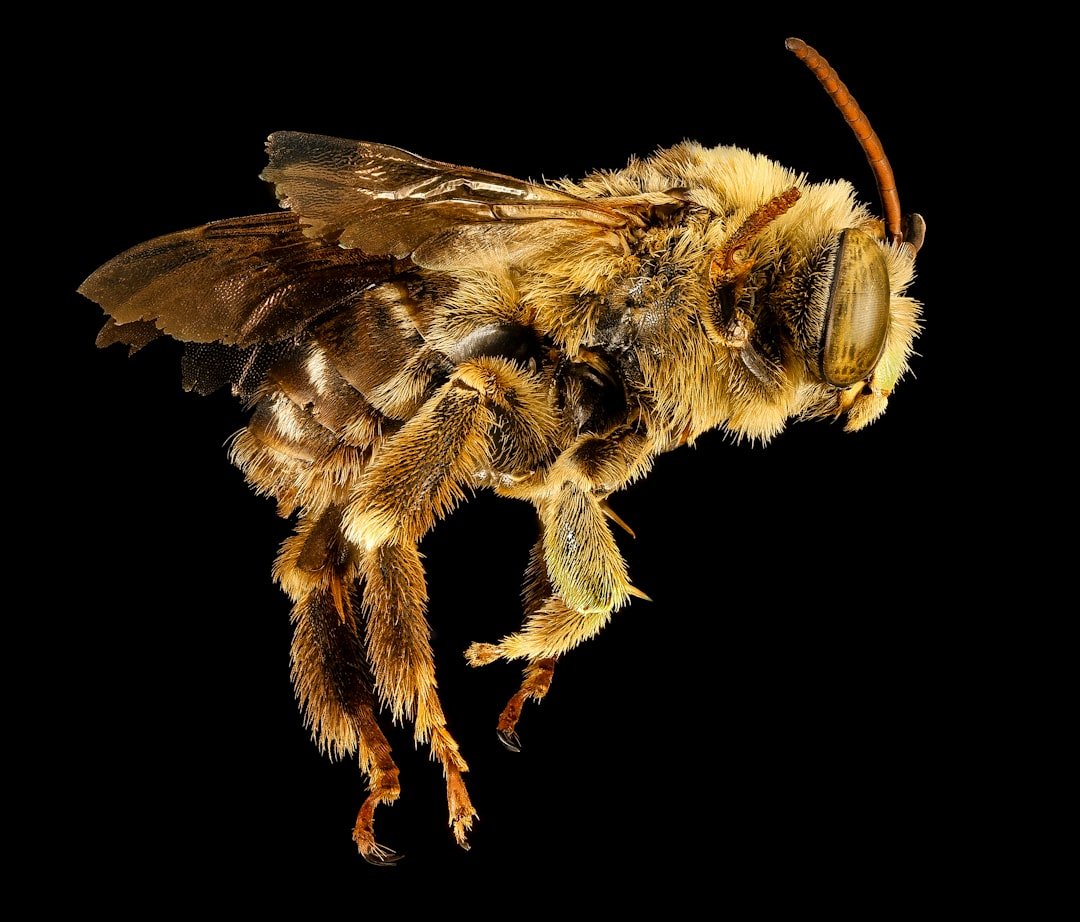
A recent study of 293 colonies from 35 apiaries across three years in Hawaii reported a combination of DWV and varroa as the destructive force behind collapsing colonies. The DWV titre in varroa infested colonies were 10 billion copies per bee compared to 10,000 copies in varroa-free colonies. As the DWV titres increased, the genetic diversity of DWV decreased ultimately leading to a single high-virulent species.
These viral outbreaks spread through bee populations like wildfire, especially when colonies are already weakened by other stressors. Bees in CCD colonies had higher pathogen loads and were co-infected with a greater number of pathogens than control populations, suggesting either an increased exposure to pathogens or a reduced resistance of bees toward pathogens. It’s a vicious cycle: stressed bees become more susceptible to disease, and diseased bees become less able to handle other stressors.
The Ripple Effects on Rural Communities and Food Security
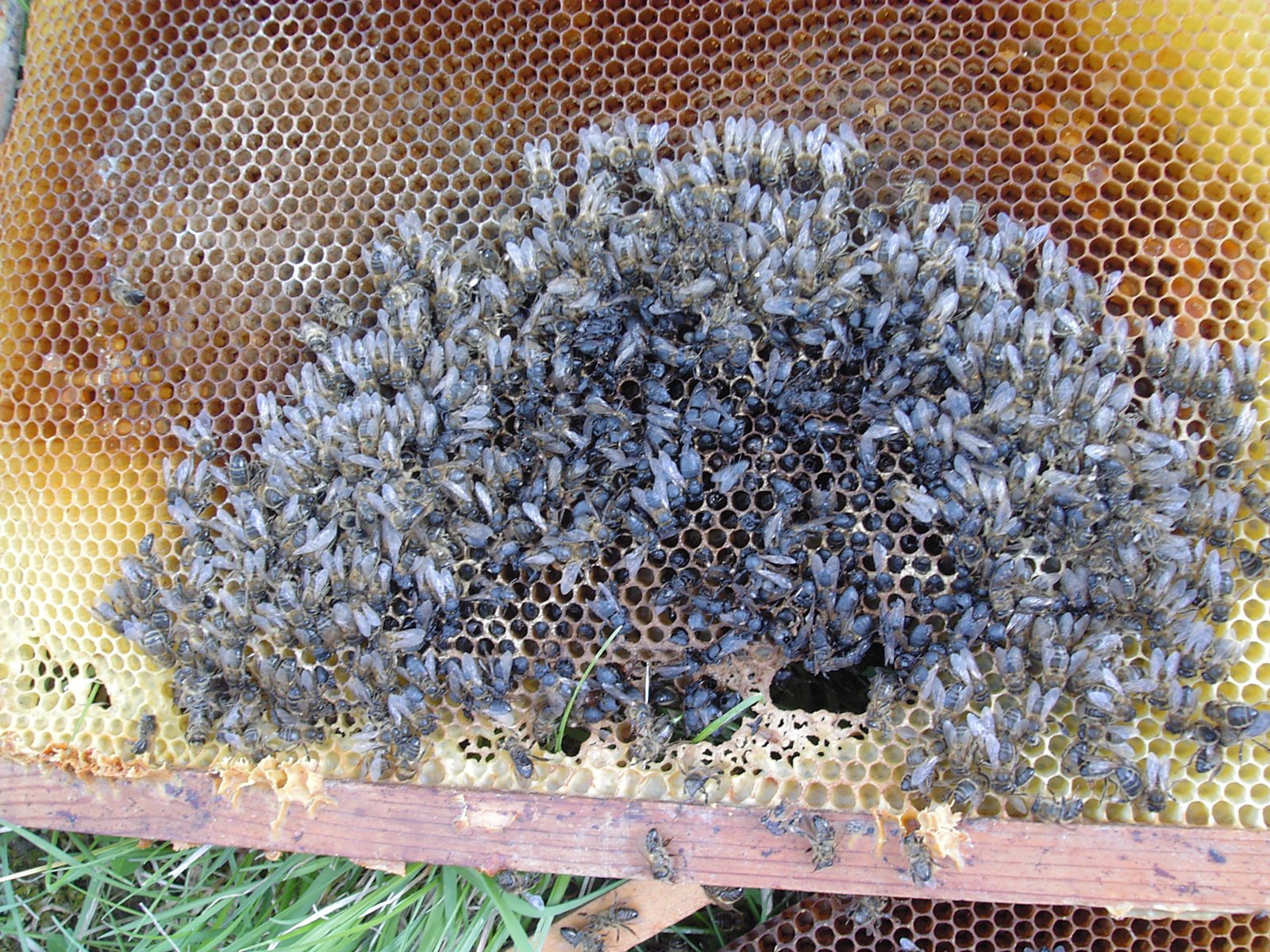
When pollinators disappear from farming areas, the effects extend far beyond the bees themselves. Recent years have been marked by a general decline in honey bee populations worldwide, as well as an increase in colony losses reported by beekeepers. In the United States, a 43 percent colony loss was reported from April 2019 to April 2020 with Varroa mites playing a major role in the loss.
For farmers, this means higher costs for renting pollination services and lower crop yields. Production worldwide of important, nutritionally dense foods such as fruits, vegetables, nuts and legumes is being limited by a lack of pollinators. Rural communities that depend on these crops face economic uncertainty, while consumers eventually see higher prices and reduced variety in grocery stores.
Hope for Recovery: What’s Being Done
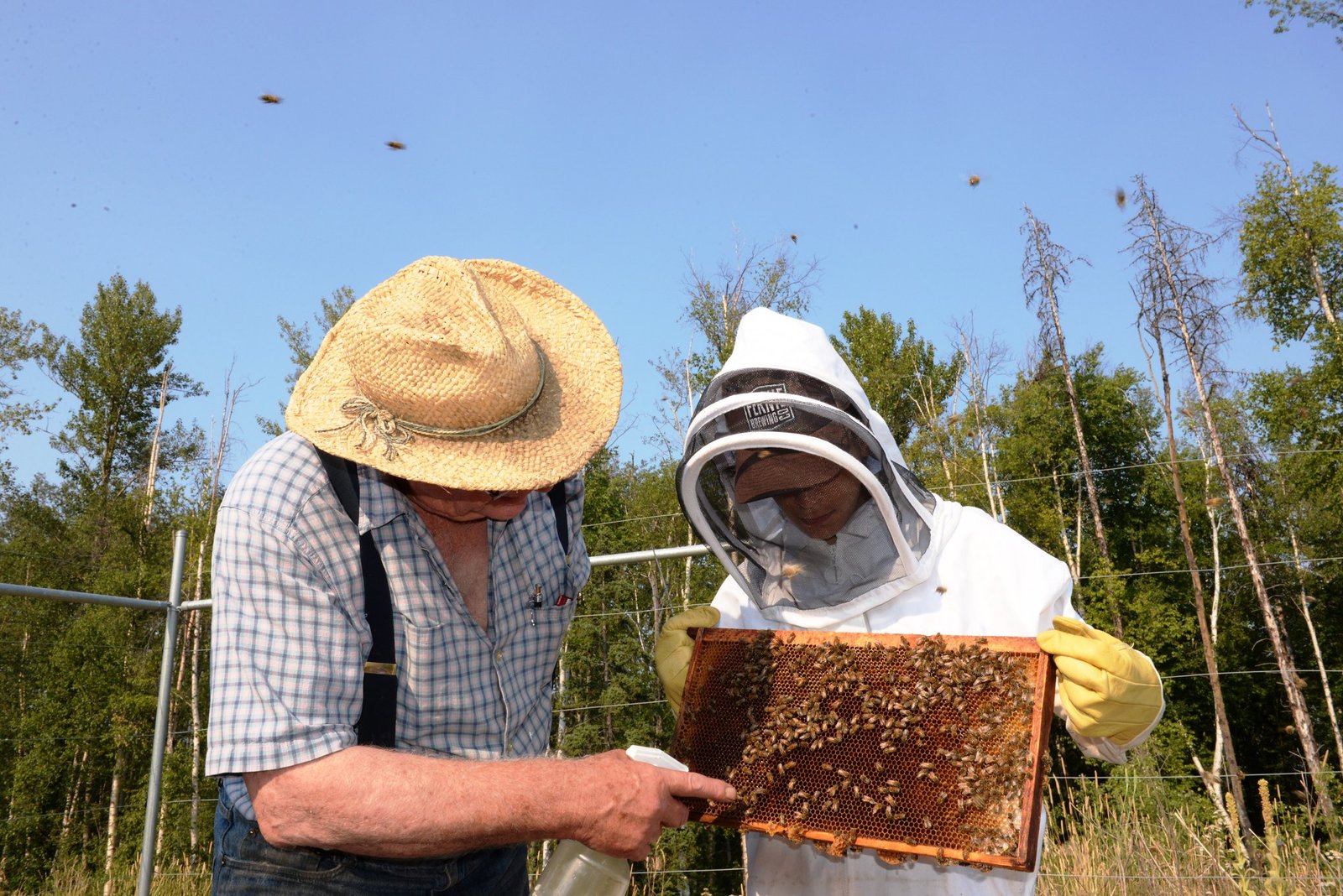
Despite the dire situation, there are reasons for optimism. Diverse research investigating the optimal policies to benefit pollination have shown remarkable consensus around a short list of highly effective strategies: increase flower abundance and diversity on farms, reduce pesticide use, and preserve or restore nearby natural habitat.
The National Institute of Food and Agriculture (NIFA) is making major investments to protect and promote pollinator health and protect U.S. agriculture. Between 2008 and 2014, NIFA invested approximately $40 million in competitive and capacity grants devoted to research, extension, and educational programming on bee health. These investments are already yielding practical solutions that farmers can implement on their land.
The decline of pollinators across America’s farms represents one of the most pressing agricultural challenges of our time. From the subtle impacts of climate change disrupting flower-bee timing to the devastating effects of parasitic mites and viral outbreaks, these essential creatures face an unprecedented combination of threats. The consequences ripple through our food system, affecting everything from crop yields to nutrition and food security. While the challenges are complex and interconnected, the scientific consensus on solutions offers hope – if we act decisively to reduce pesticide use, restore habitat, and support pollinator-friendly farming practices. The question isn’t whether we can afford to invest in pollinator conservation, but whether we can afford not to. What will it take for us to truly understand that the health of our farms depends entirely on these small but mighty creatures?

Jan loves Wildlife and Animals and is one of the founders of Animals Around The Globe. He holds an MSc in Finance & Economics and is a passionate PADI Open Water Diver. His favorite animals are Mountain Gorillas, Tigers, and Great White Sharks. He lived in South Africa, Germany, the USA, Ireland, Italy, China, and Australia. Before AATG, Jan worked for Google, Axel Springer, BMW and others.




